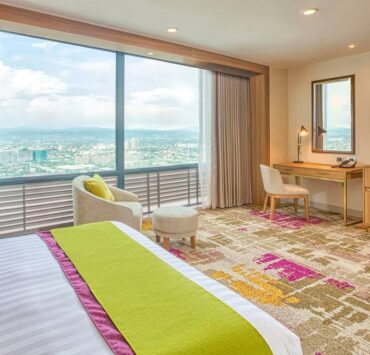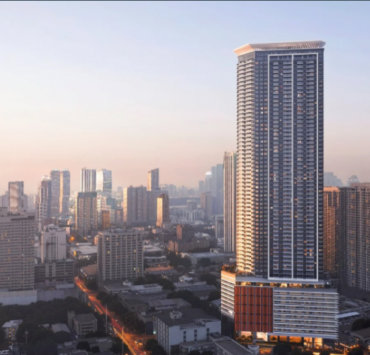Interior design styles we all need to know
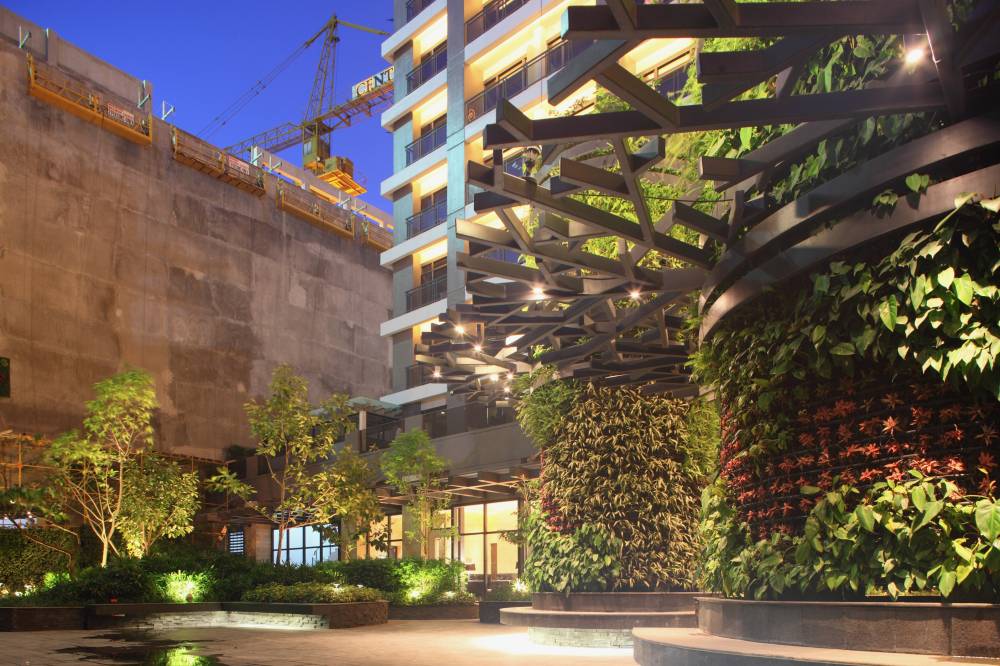
(Conclusion)
Last week, we provided a few interior styles to take note of. We are adding a few more to that list.
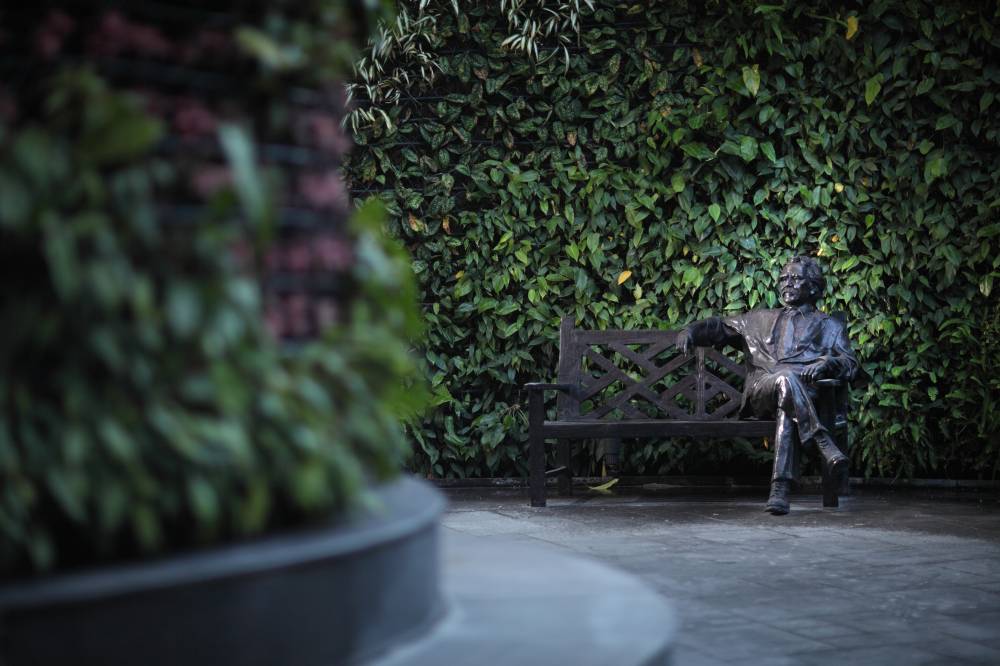
Biophilic design
This is about bringing the characteristics of nature into the built environment to contribute to the wellness and calm of those living in it. In short, it’s bringing the outdoors in.
Natural light coming through the windows, and finishes made of natural elements are a big contribution to this style. Bringing in plants and vertical gardens into an interior space would also make the air quality much better.
This is a popular choice in urban condo living especially in amenity spaces, where clients and guests congregate. Living in buildings can make one yearn for greens, clean air, and the coziness of sitting through an outdoor barbecue sunset party.
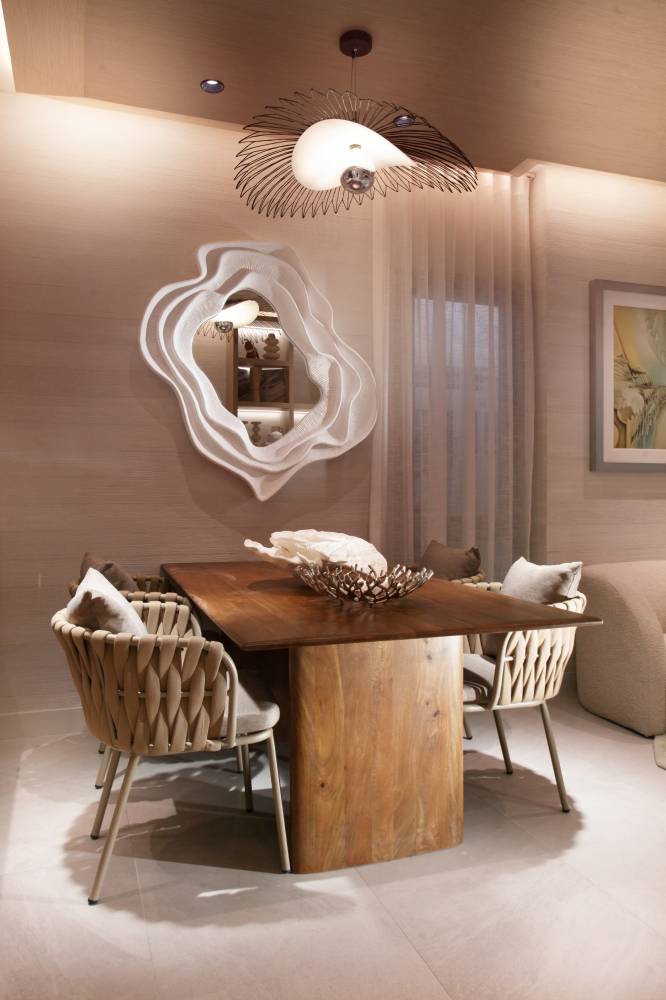
Japandi
This interior is a marriage of Japanese aesthetic and Scandinavian style–a partnership between an Asian wabi-sabi philosophy and Scandinavian comfort or hygge.
With this interior style, natural materials are a must–wood, paper, abaca, stone, rattan or cane weave. Palettes are mainly neutral. Decor is similar to each other maintaining symmetry.
With the Japandi style, you must be able to de-clutter. It follows the concept of having a few good things and purging the rest.
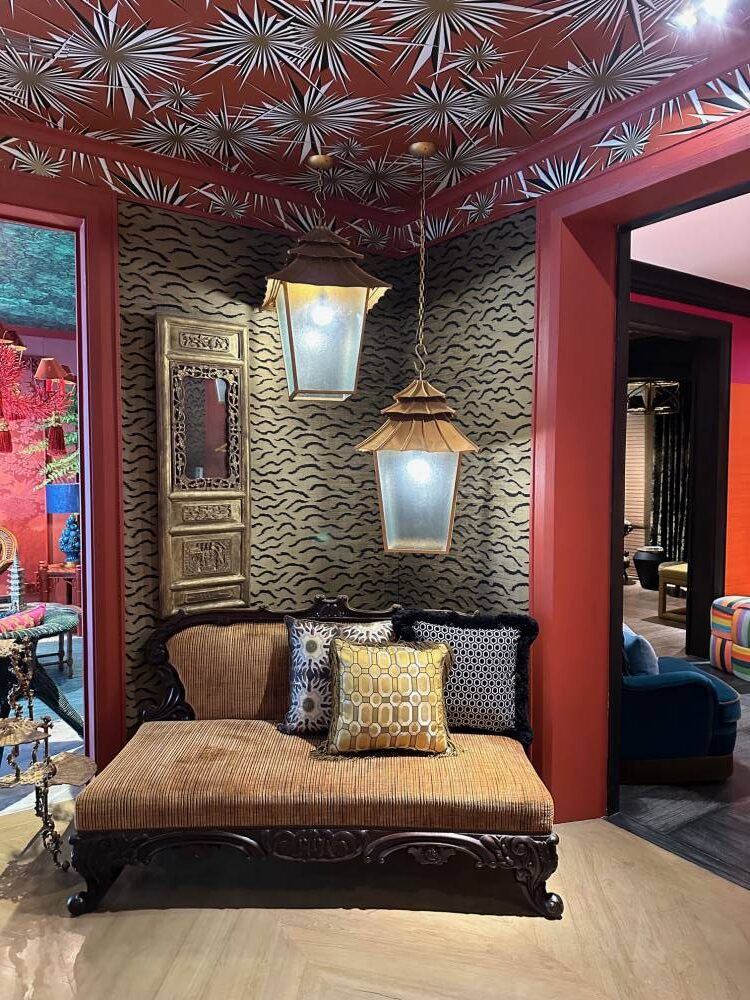

Maximalist
More is more–rich colors, bold hues, prints on fabric, coordinated paintings, flashy light fixtures, and big decorative piece.
This style blends different design styles. Pieces can be a lot in one space but doesn’t have to be overwhelming. There still has to be a balance. When done right, it can look beautiful.
It gives a sense of a fearless design taste, encourages spontaneity, and celebrates cultural diversity (using different pieces from different countries and collections).
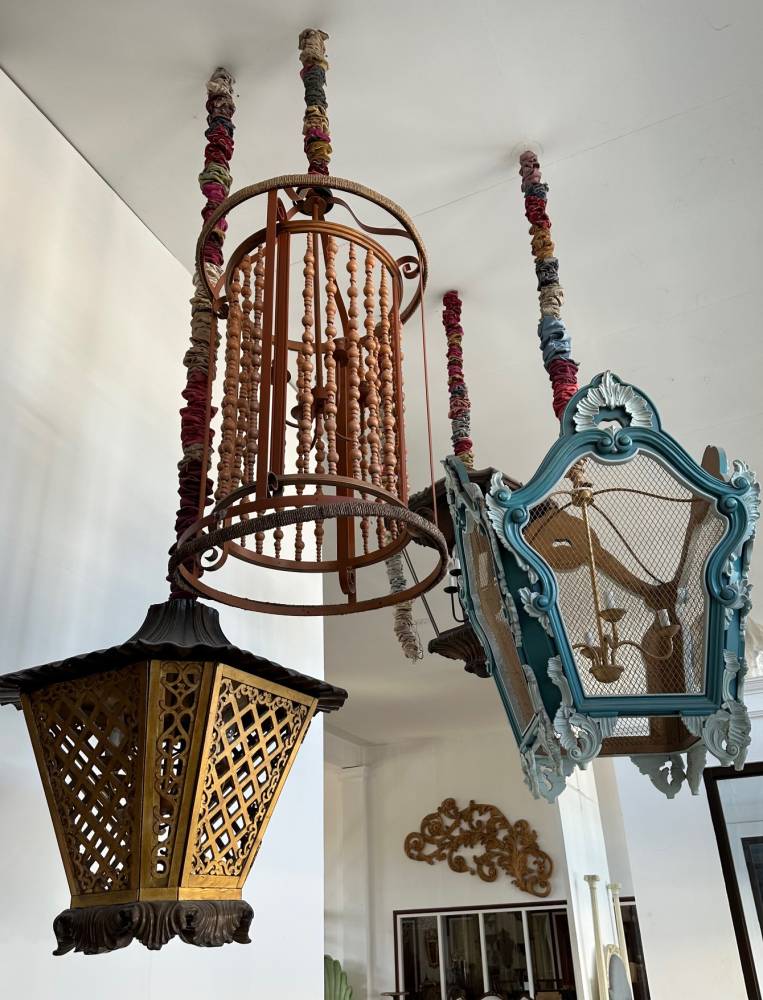
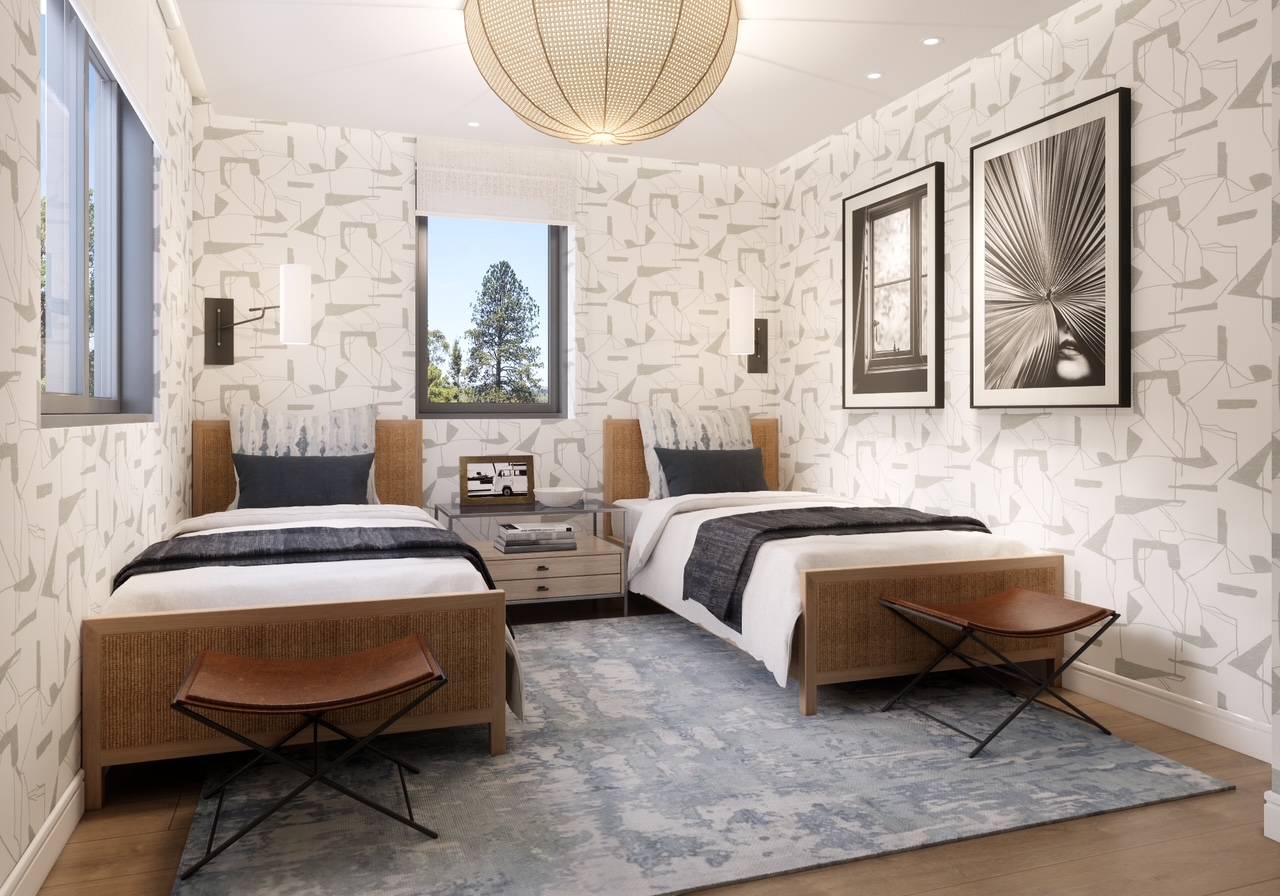
Modern farmhouse
This interior style mixes the farmhouse classic look with modernity. The use of old wood, antiques, wrought iron, vintage pieces can contrast with stainless steel finishes, copper metal details, hammered finishes and even a strong accent color within a sea of neutrals.
This is the new and improved version of the early 2000s look called Shabby chic. The modern farmhouse has more structure–no clutter, more organized and there’s more symmetry. The colors are in relaxing neutrals.
Interior details include barn like details such as battens or wood trims, shutters, big windows with natural light coming in, clean landscaping–think Restoration Hardware or Pottery Barn.

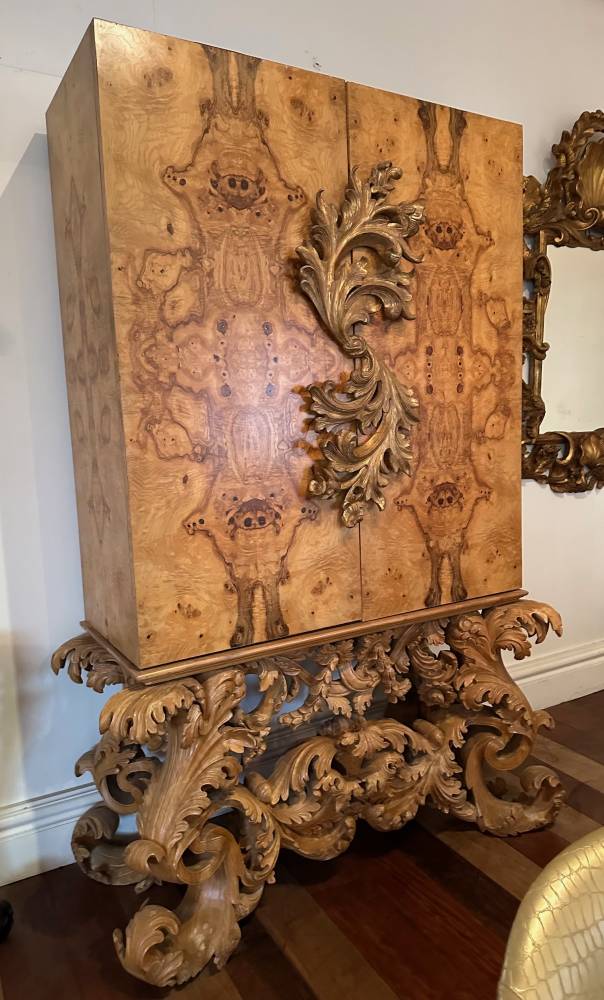
French country
Comfort is the main purpose of this style. Think rustic yet refined, graceful, ornate but simpler than its baroque and rococo cousins; soft colors and lighting; elegant finishes especially in the bathrooms; antiques and mouldings; delicate decor, soft furnishings in a simpler material compared to its cousins in the ornate French style. Instead of the gilded material, the wood finishes are more pickled and old.
The author is the founder of Chat Fores Design Studio, an executive director at the Philippine Institute of Interior Designers (PIID), and a member of the Advisory Board of the College of Architecture and Design of Enderun College














